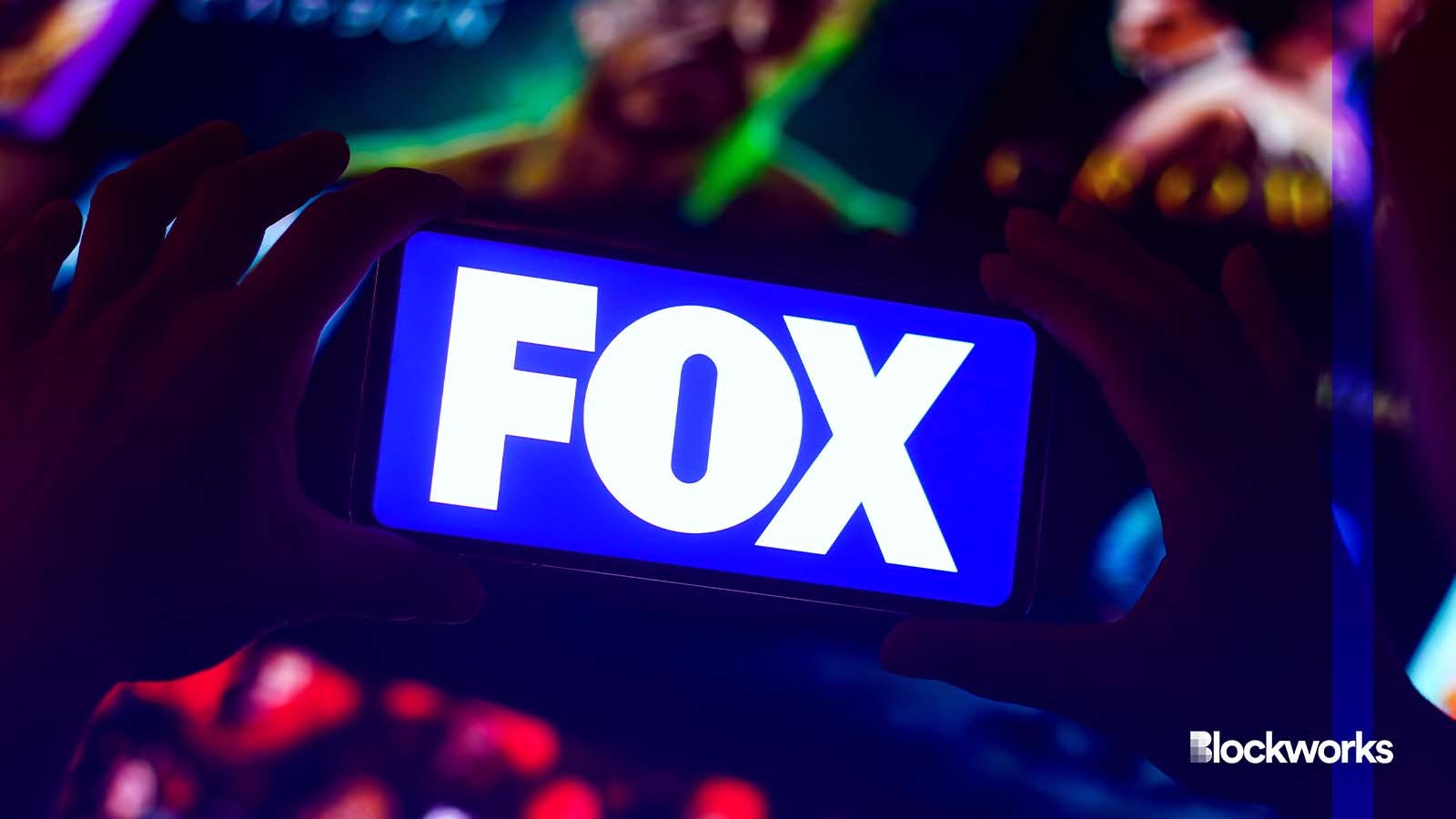FOX Corp hopes to authenticate digital media with blockchain tech
The media conglomerate’s blockchain arm is letting news organizations prove ownership over their content

rafapress/Shutterstock modified by Blockworks
FOX Corporation has announced the launch of ‘Verify,’ an innovative open-source protocol developed with Polygon PoS.
This new tool is designed to establish the authenticity and origin of digital content. The initiative responds to the increasing challenges presented by artificial intelligence-generated media, seeking to provide a reliable verification system across the digital landscape.
An Axios report said FOX plans to use the tool to make licensing more straightforward for the training of generative AI tools trained on large language models (LLMs) like ChatGPT.
Verify came out of FOX’s Blockchain Creative Labs, which is incorporated under the FOX-owned streaming service Tubi. Blockchain Creative Labs formerly tinkered with NFT integrations in the FOX ecosystem before this latest venture into AI applications.
In a blog post accompanying the release, Tubi CEO Paul Cheesbrough said Verify was “somewhat inspired by” the AI optimism of a16z head Marc Andreessen, who wrote favorably about the potential for cryptographic signatures to prevent malicious AI content.
Cheesbrough also said Verify could create a repository to iron out licensing wrinkles between news outlets and AI developers who train models using media content. Notably, The New York Times alleged copyright infringement from OpenAI in a late December lawsuit. The Times claimed that millions of its articles were used to train OpenAI’s ChatGPT chatbot without compensation.
Verify uses digital signatures to allow publishers to put media on-chain, making it easier for everyone to trace the original source of the content. News organizations can upload articles, for instance, which are turned into NFTs through Ethereum’s ERC-6150 standard. ERC-6150s are “hierarchical” NFTs that are useful for putting things like social media on-chain.
With Verify, the public can use the unique token ID of these NFTs to find out the original source of any given piece of content recorded to the protocol. This is particularly useful in a world where AI and other technologies can easily copy and disseminate information without readily apparent citation.
For now, the Verify Tool’s beta interface only supports FOX-owned outlets. The company has minted over 80,000 pieces of content, Axios reported. Axios said FOX is in talks with other media outlets to begin using the tool.
A source with knowledge of the matter said Verify’s code was made open source in hopes that developers would build other applications on top of the protocol.
Whether or not Verify can gain meaningful adoption outside of the FOX ecosystem, it may indicate a place for blockchain in AI development.
“Following generative AI’s meteoric rise in 2023, we’re going to see a more transparency-focused approach to the technology this year,” Niraj Pant, founder of crypto-adjacent AI startup Ritual, said in a direct message.
Verify is built on Polygon, a decision Cheesbrough says was made because of the chain’s scaling prowess.
FOX’s Verify represents the first attempt by a major media company to use blockchain for AI development. Illia Polosukhin, co-founder of NEAR Protocol, thinks potential adoption of the tool by news organizations could prove blockchain technology’s bona fides to a wider audience.
“I think the biggest benefit we can see is removing some stigma from mass media around crypto,” Polosukhin said.
Get the news in your inbox. Explore Blockworks newsletters:
- The Breakdown: Decoding crypto and the markets. Daily.
- 0xResearch: Alpha in your inbox. Think like an analyst.






